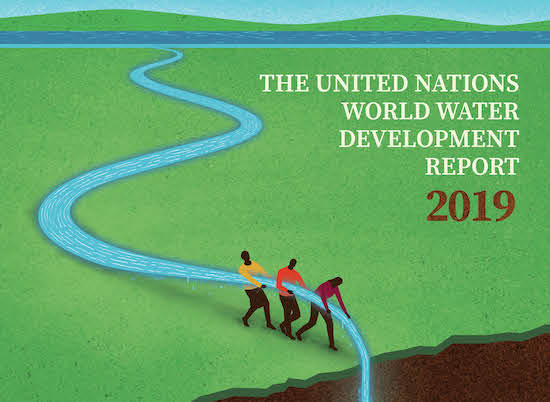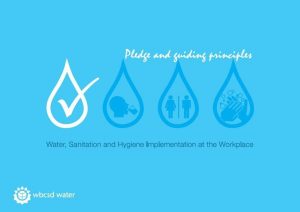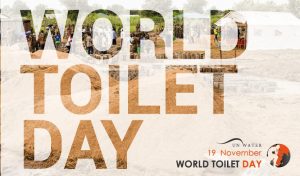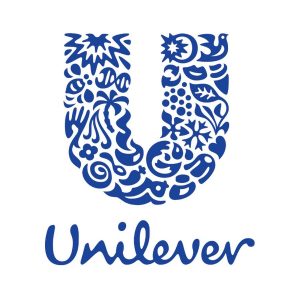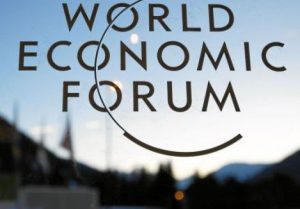Primary Functions
- Understand how improvements in water resources management and access to water supply and sanitation services are essential to overcoming poverty and addressing other social and economic inequities.
- Find guidance on identifying ‘who’ is being left behind and the existing frameworks and mandates that can help ‘reach the furthest first.’
Detailed Description
The 2030 Agenda for Sustainable Development sets a series of ambitious challenges for the global community. These Sustainable Development Goals (SDGs) include targets for access to safe drinking water and sanitation and better water management, as well as goals for addressing inequality and discrimination, including the overarching aims of ‘leaving no one behind’ and ‘reaching the furthest behind first’. These are challenges that, to date, have proven difficult to meet, partly because they are complex, but also due to political inertia. The global context for this agenda may be characterized as ‘crisis is the new normal’, with political insecurity, social, economic and environmental challenges on a daunting scale. This calls for redoubled efforts and carefully selected approaches towards achieving transformative change.
The issues underlying both water-related goals and leaving no one behind intersect in several ways. Both water supply and sanitation, and issues of equality for all people and for specific disadvantaged groups in particular, are recognized through international human rights instruments and agreements. However, these have not been enough to bring about the necessary changes. To some extent, the issues share both root causes and similar challenges. The same people who are being left behind are those who could benefit most from improved access to water and sanitation.
As the sixth in a series of annual, thematic reports, the 2019 edition of the United Nations World Water Development Report (WWDR) examines how improved water resource management and access to water supply and sanitation services can help address the causes and alleviate the impacts of poverty and social inequity. It provides insights and guidance in helping identify ‘who’ is being left behind, and describes how existing frameworks and mandates, such as the 2030 Agenda and the SDGs and human rights-based approaches, can help ‘reach the furthest first’, through improved water management.
The report assesses the issues and offers potential responses from technical, social, institutional and financial perspectives, while taking account of the many different challenges faced in rural and urban settings.

